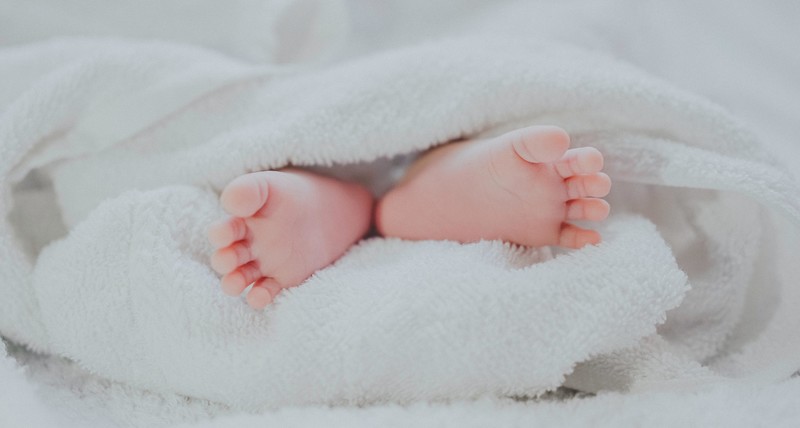Global birth rates are on the decline, but one Japanese town has cracked the baby-making code. And no, it isn’t dim lighting, a bed covered in rose petals, and a little Barry White.
Driving the news: Prime Minister Fumio Kishida recently headed to Nagi to figure out how the town has achieved a fertility rate of 2.68 babies per woman. The visit comes as Japan struggles to spur population growth while grappling with its lowest-ever recorded birth rate.
- The town’s impressive natal numbers are thanks to generous family support policies. Among other measures, daycare is capped at US$420 a month (and free for the third kid), and the town helps pair mothers with jobs that can be done while raising kids.
Why it matters: Fertility rates worldwide are way down, which is bad news for developed countries that rely on population growth for economic growth. Babies become workers and consumers, so creating an environment where child-rearing is economically viable is key.
In Canada: The most recent data shows Canada has its lowest fertility rate ever, impacted by the rising costs of raising a child to concerns that childbirth will affect a woman’s career.
Yes, but: Canada still ranked as a top five country for working parents and is looking to improve by emulating Québec’s winning daycare model on a national scale. Bolstering its daycare system could make it easier for career-driven people to take the baby plunge.
